If you are new to gardening indoors, you will soon find that there are a range of important terms to learn. There is a learning curve involved in learning all the different words and what they mean. Some confusion exists around the terms plant food and fertilizer, and you may find yourself wondering whether or not they are terms that refer to the same thing.
Defining Plant Food and Fertilizer
'Plant food' is not exactly the same thing as fertilizer. However, plant food is an inexact term and it is often used by gardeners or in labelling to mean exactly the same thing.
Personally, the way I think about it is that plant food is a fertilizer, but fertilizers are not just plant foods. Fertilizers, in addition to delivering basic nutrients for plants, can also enrich the soil or growing medium, improving it and creating a healthier environment for the plants, but also for the many organisms on which healthy soil function depends.
The term 'plant food' is somewhat misleading.
Plants, botanically speaking, make their own 'food' inside their own tissues, using the basic ingredients provided to them – sunlight, carbon dioxide, and basic chemical elements and minerals essential for plant growth.
Aside from light and carbon dioxide, they need three key elements – Nitrogen (N), phosphorus (P) and potassium (K), plus other essential elements and a range of further micro nutrients to survive and thrive. The precise nutrients needed will depend on the specific plant, and the stage that it is at in its lifecycle.
Colloquially, 'plant food' is often used as a synonym for fertilizer – meaning a substance provided to plants to deliver the nutrients they need.
Sometimes, the term 'plant food' is used to describe liquid fertilizers, delivered while watering a plant, or to the nutrient solution for a hydroponic system, while the other term 'fertilizer' is defined more narrowly as something added to the soil – the soil or growing medium becoming an intermediary in the journey to uptake by the plants' roots.
A fertilizer, under this definition, does not actually feed plants but rather feeds the soil and the micro-organisms it contains, while a plant food delivers nutrients directly to the plant itself. However, in my opinion this is a rather arbitrary distinction.
However you choose to define the term 'plant food', remember that as a term it is not always used in the same way. So make sure whenever you see this term that you dig a little deeper to find out which definition someone is using and what they really mean.
Types of Plant Food/ Fertilizer
The main types of 'plant food' (in the sense of any fertilizer used to deliver nutrients to plants that they need to produce 'food') are:
- Liquid Plant Food/ Fertilizers
- Granular Plant Foods/ Fertilizers
- Slow release/ Organic Plant Food/ Fertilizer/ Mulch
Liquid Plant Food/ Fertilizers

Liquid plant feeds or fertilizers are used to deliver nutrients to plants while watering, or are delivered as a nutrient solution within a hydroponic system. These can either be synthetic (man-made) or organic (entirely made from natural ingredients). They deliver the nutrients through water which is taken up by plant roots.
Granular Plant Foods/ Fertilizers

Some plant foods used when growing in traditional soil-based or soil-like growing media do not come in liquid form but rather in the form of pellets or granules. These can also be synthetic or organic.
This type of fertilizer is applied to the surface of the soil or growing medium and watered in. These release nutrients more slowly than liquid feeds, and in the case of slow-release fertilizers, may be coated in order to slow release yet further.
Organic Plant Food/ Fertilizer/ Mulch

Further organic options to feed plants are different types of organic matter (material derived from living things). These are used as a mulch over the soil or growing medium which slowly breaks down, releasing nutrients which can then be taken up by the plant roots.
This type is very important in organic growing. Unlike the plant food options mentioned above, this type not only feeds plants but also improves soil structure, boosts microbial life, and helps to improve the soil and to maintain a healthy soil or growing medium over time.
Key Differences Between Different Plant Foods and Fertilizers

There are many different plant foods and fertilizers within the categories above and these can all vary in their the sources of their nutrients, their nutritional composition, and in how and where they are used.
Sources of Nutrients
The number one thing to look at when deciding on a plant food is whether or not it is organic.
When you choose synthetic fertilizers or plant food, you are contributing to extremely harmful systems. Synthetic fertilizer or plant food can also be harmful to people and pets. These are man-made, often using fossil fuels and contributing to our climate crisis.
Organic plant feeds are a must for anyone who wants to to the right thing for people, wildlife and the environment as a whole, though they can be more challenging to use in hydroponic systems successfully. With organic plant food, the origins of all the ingredients is the natural world.
Composition
You can either make your own organic plant feeds or purchase one from a reputable supplier. The latter is recommended for beginners as it can be important to get the right formulation to make sure that plants remain healthy.
The choices, at first, can seem rather daunting as there are so many different formulations for different plants at different stages of growth.
Making your own is the most sustainable choice on the whole, though of course this option will only be available to you if you have sources for organic matter, either on your own property or in the surrounding area.
There are plenty of organic materials and substances to contribute to a plant feed that you might be able to source, though this will of course depend on your exact situation and needs.
When purchasing any plant feed, one of the key things will be to look at its precise composition.
Different options include:
- Balanced, all-purpose plant feeds (with equal quantities of N, P, and K).
- Potassium rich plant feeds (for flowering and fruiting, with lower N).
- Plant feeds containing certain specific nutrients or trace elements for specific needs.
Application and Use
Liquid plant foods are typically the most important category when you are growing inside in containers, and a type of liquid plant food known as a nutrient solution will be used in most hydroponic systems.
Granular fertilizers are not typically the best choice for container cultivation, though may sometimes be used. These plant food options are more pertinent for outdoors gardening.
Organic mulches are more relevant when growing outside, but this type of plant food does also have a place when growing indoors, as organic mulches can be useful on pots or other containers indoors. Organic matter of various kinds might also be used as a medium for wicking beds or other elements integrated into a hydroponic or aquaponic system.
Benefits and Drawbacks of Plant Foods and Fertilizers

- Liquid plant feeds get nutrients to your plants more quickly. But they cannot provide other benefits for holistic soil and plant health.
- Granular feeds may deliver too slowly for plants in pots, but can promote growth in larger growing areas, either outdoors or indoors.
- Mulches of organic matter are extremely useful when growing in soil-based or soil-like potting mixes, and organic matter which serves as a kind of 'plant food' can also be part of the potting mixes themselves.
As mentioned above, organic plant foods are really the only choice for people who want to care for our world and the people and animals around them.
However, realistically, there are certain challenges that come with trying to manage certain indoors growing systems organically. These can be overcome but a degree of new learning or re-learning will typically be required.
How to Choose a Plant Food for Hydroponics
Hydroponics is generally considered to be the type of growing system in which growing using organic sources for plant nutrition is most challenging. But it is certainly possible with the right approaches and careful integration of organic nutrient solutions.
Choosing a plant food for hydroponics means thinking about some issues that we do have to think about in other conventional types of growing, and some new issues that we don't otherwise think about.
As in conventional home growing, in hydroponics we need to think about the nutrient needs of plants in general, and the specific plants that we wish to grow. The needs of specific plants will vary depending on the precise circumstances, and also often according to their stage of growth. This can make it quite complex to understand which plant food to use, and when.
Often, choices will centre around the amount of nitrogen, phosphorus and potassium in the plant food (this is known as the NPK balance). As a general rule, nitrogen rich mixes are used for leafy plants, and to promote strong vegetative growth, and mixes higher in phosphorus and potassium are used for plants in flower, or bearing fruit.
Sometimes, we may need to look at other important nutrients in order to reduce the chances of a particular physiological problem taking hold (providing calcium to reduce chances of blossom end rot, to give one example). Or we may need particular minerals such as magnesium or manganese to address a particular nutrient deficiency detected in a particular plant.
Choosing the right nutrient solution can be complex, and is often one of the most difficult things to get right for those who are new to hydroponic cultivation. The good news is that, whatever plants you wish to grow, there is plenty of information online and in books to help you make the right nutrient solution choices.
How to Use Plant Food for Hydroponic Plants
How you use the plant food that you choose is also an important aspect to consider.
Even once you have chosen the right plant food for the particular situation and for the plants you wish to grow, you still need to know how to prepare it, how to use it to maintain your hydroponic garden, and how to tackle any issues that may arise.
Preparation
When you purchase a plant food some of the work will of course have been done for you. You can buy pre-mixed hydroponic nutrient solutions, or you can mix your own using individual nutrient salts or (usually powdered) organic ingredients.
Even with a pre-mixed plant food, you will still need to know how much of it to use, and when to use it. Nutrient solutions are typically added to the water in circulation through the system, but there will be more to think about than just the quantity to tip in.
If you are mixing your own nutrient solution, you should use distilled or reverse osmosis water to make sure that there are not any impurities or contaminants within the system. You will also have to think about pH.
Ph is important because the pH has an impact on the rate of nutrient absorption. Different plants have different needs when it comes to the pH, but most plants grown hydroponically will prefer a pH between 5.5 and 6.5.
A slightly lower pH, around 5.5 to 5.8, is often recommended for seedlings and young plants to ensure nutrient availability for their delicate roots. During the vegetative growth stage, a pH of 5.8 to 6.2 is often recommended. And when plants are flowering and fruiting, a pH that is higher, at the upper end of this range, between 6 and 6.5, is ideal to support increased nutrient needs during this time.
Some commercial nutrient solutions are formulated to buffer pH, making them more stable, but then again, you will not have as much flexibility with management, nor control over the ingredients and where they came from.
Another thing that it is important to check before you use a nutrient solution is EC- Electrical Conductivity. Measure the EC of your nutrient solution to ensure the concentration of dissolved salts is within the optimal range for your plants. The ideal EC range varies depending on the plant type and growth stage but typically falls between 1.0 and 3.0 mS/cm.
Maintenance
It is important to check the nutrient solution in your hydroponic system regularly in order to ensure that everything is in order. Remember, two of the most important things to check are the pH and the EC. pH can drift over time due to plant uptake of nutrients. Regular monitoring and adjustment can mitigate this.
Troubleshooting
- If pH is too high, phosphoric acid or citric acid is usually added.
- If pH is too low, potassium hydroxide is usually added.
- If the EC is too high, dilute the solution with more water.
- If it’s too low, add more nutrient concentrate.
Aquaponics – A More Sustainable Alternative
A more sustainable alternative to a conventional hydroponic system if you do wish to take the organic route is to adopt an aquaponics system. A closed loop aquaponics system is an eco-friendly solution that involves keeping fish as well as growing plants.
Water from a fish tank in an aquaponics system, enriched with fish poop, replaces the need to add an external nutrient solution. This is a wonderful, eco-friendly way to feed your plants.
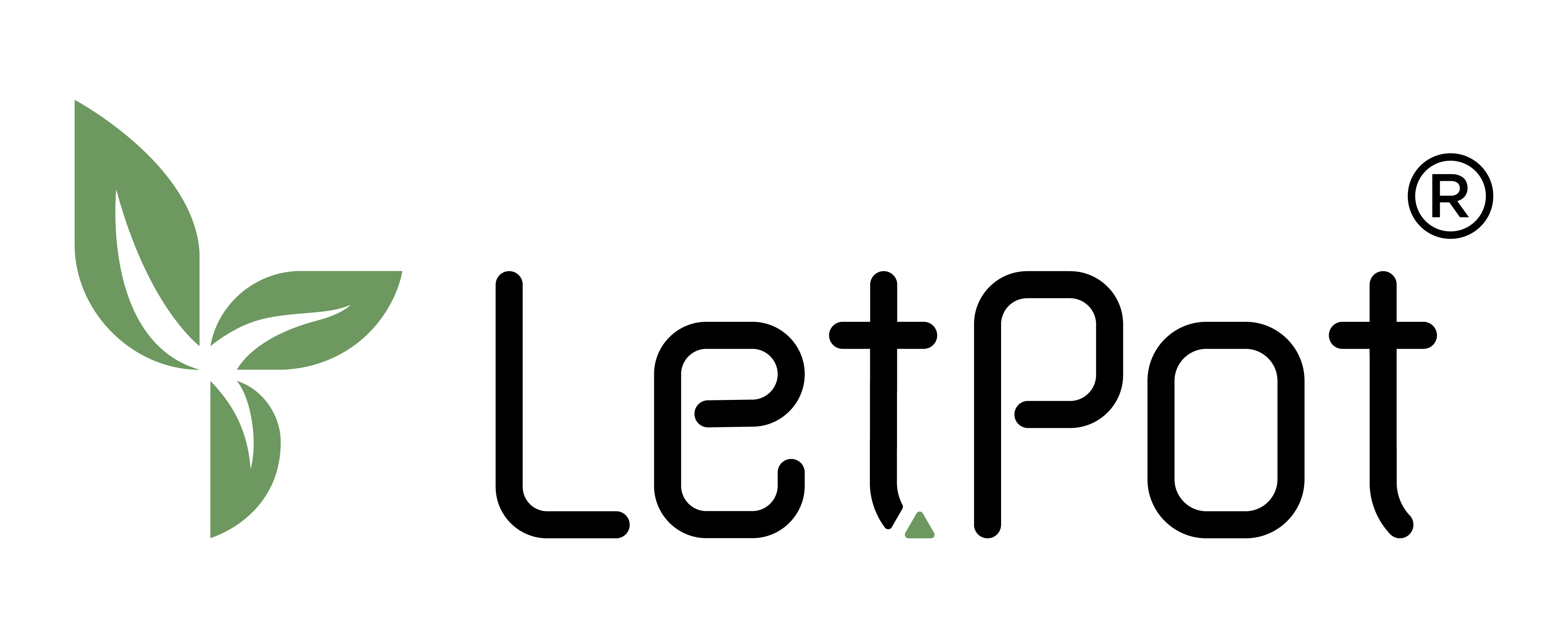


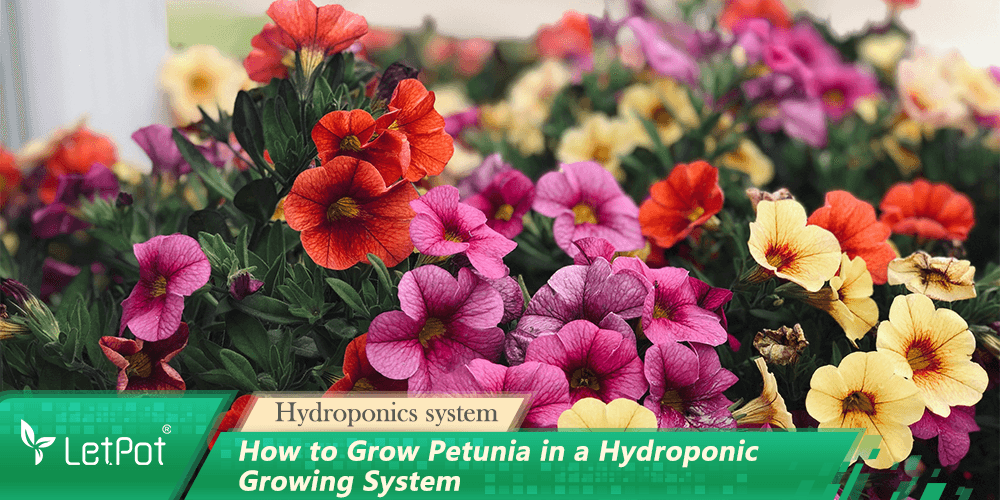

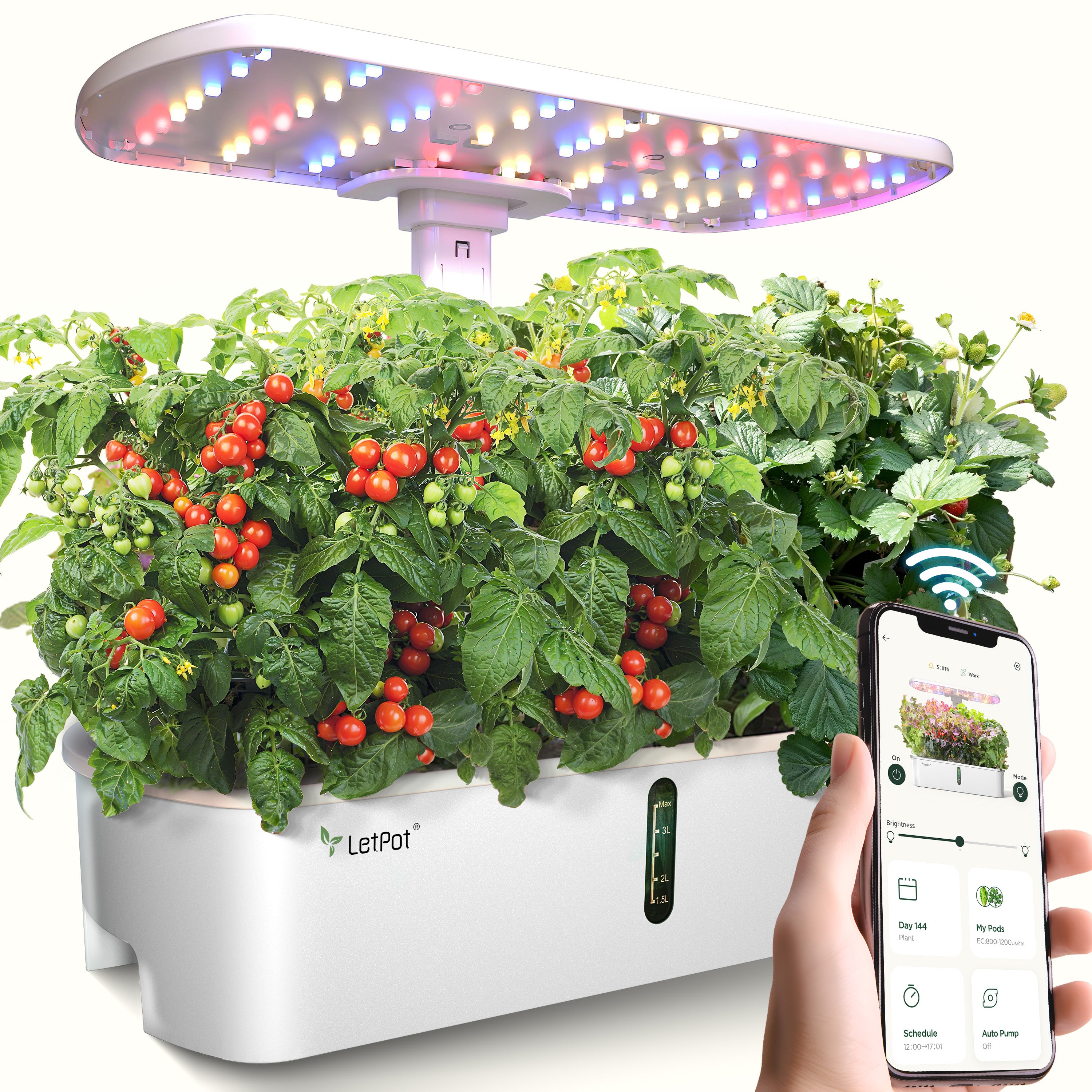
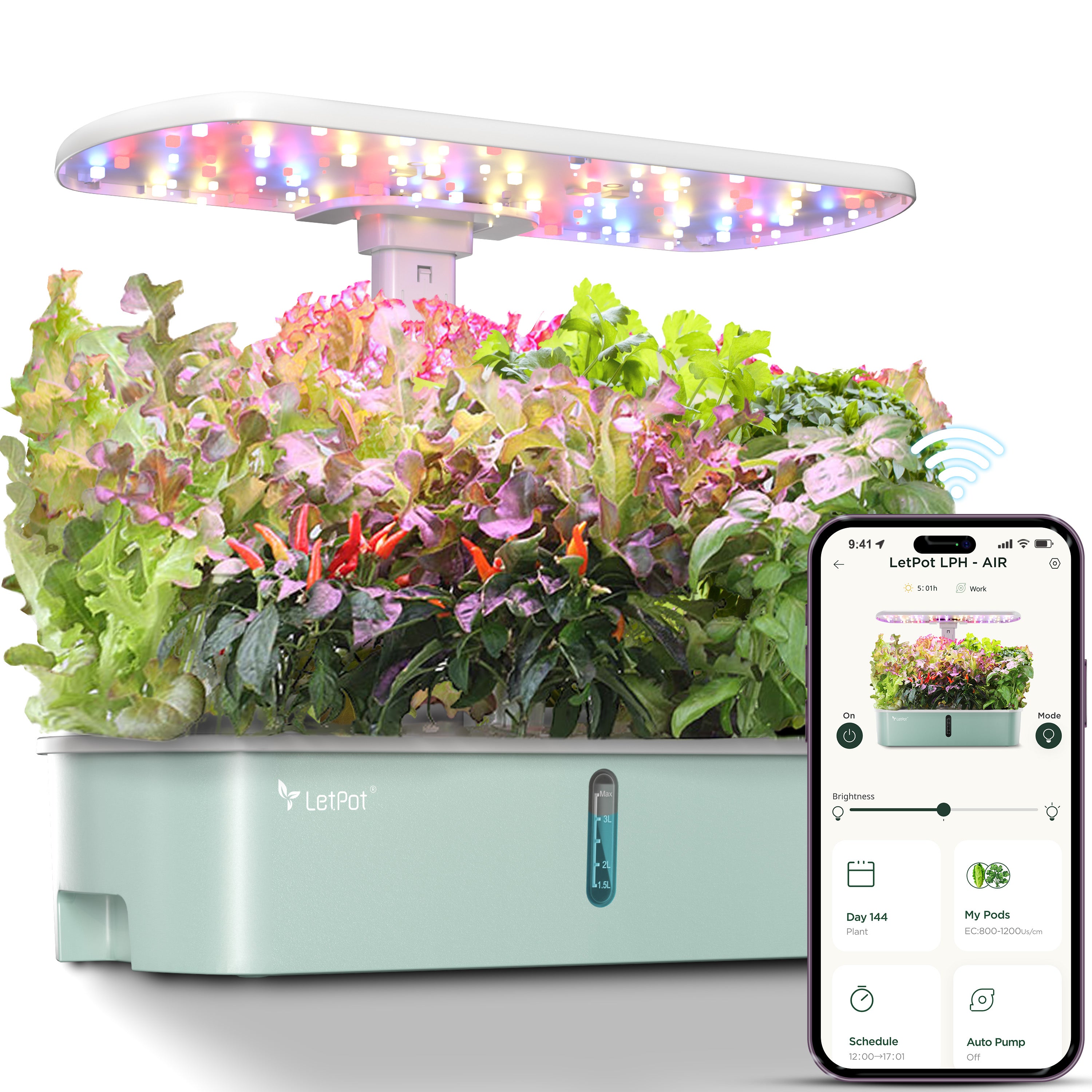
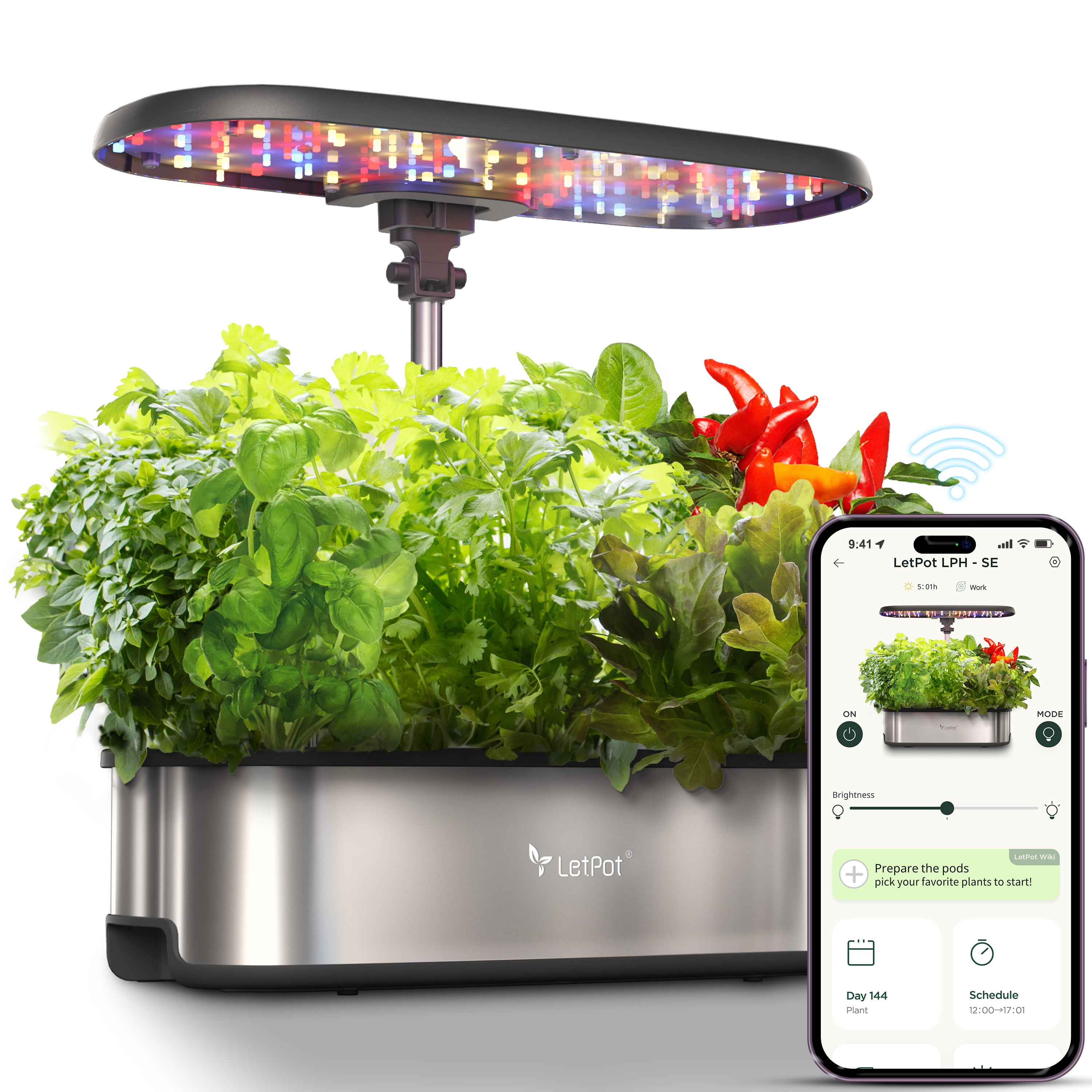
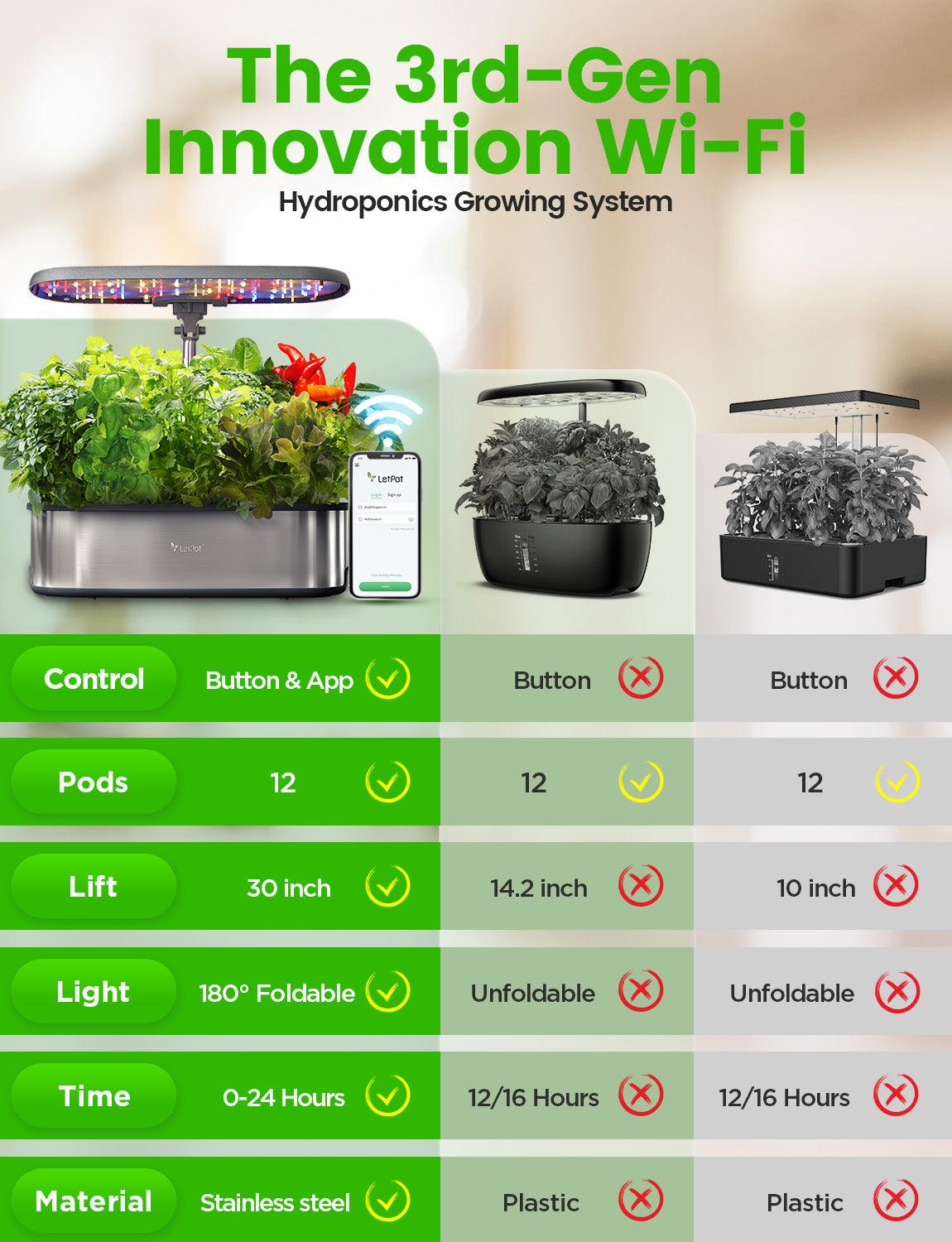
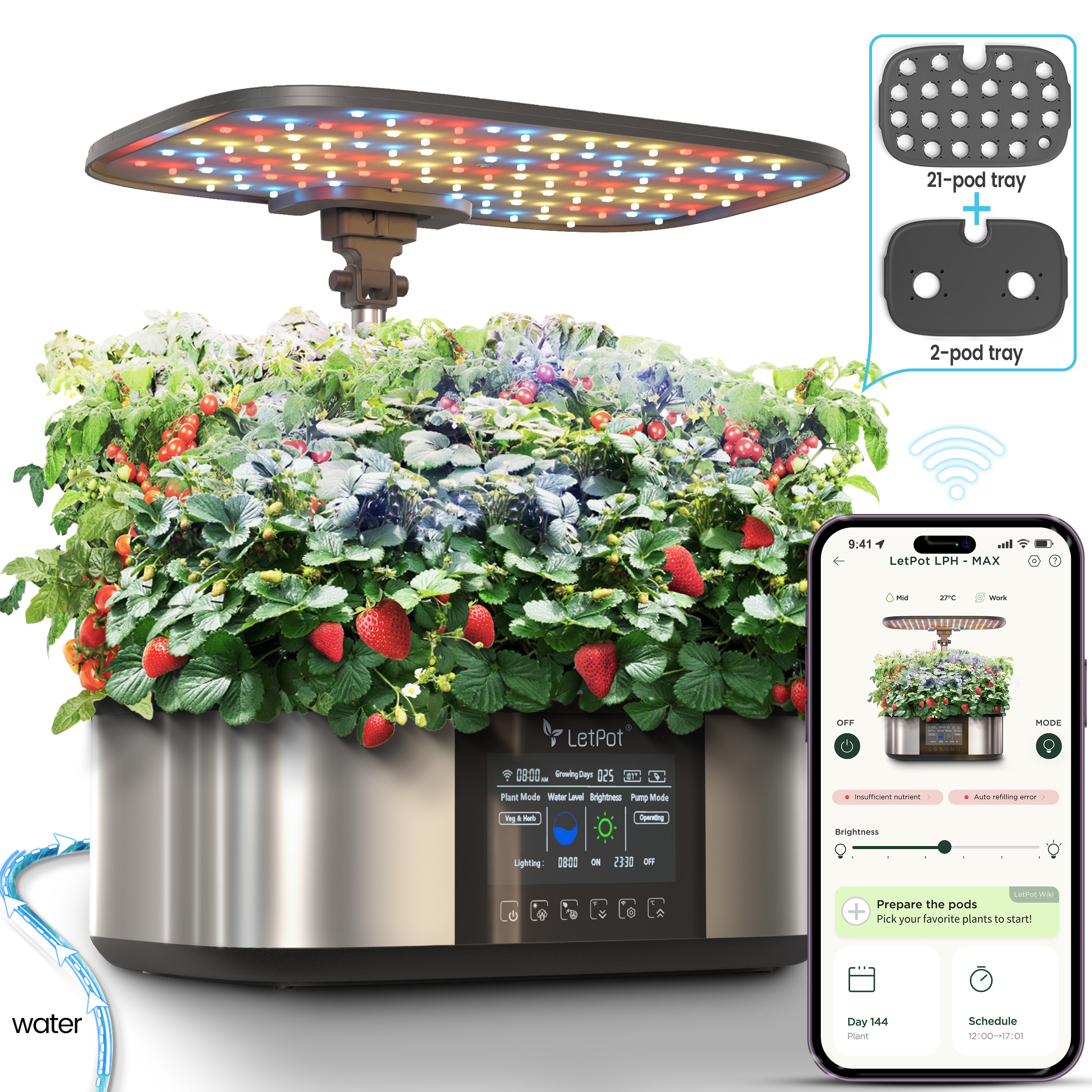
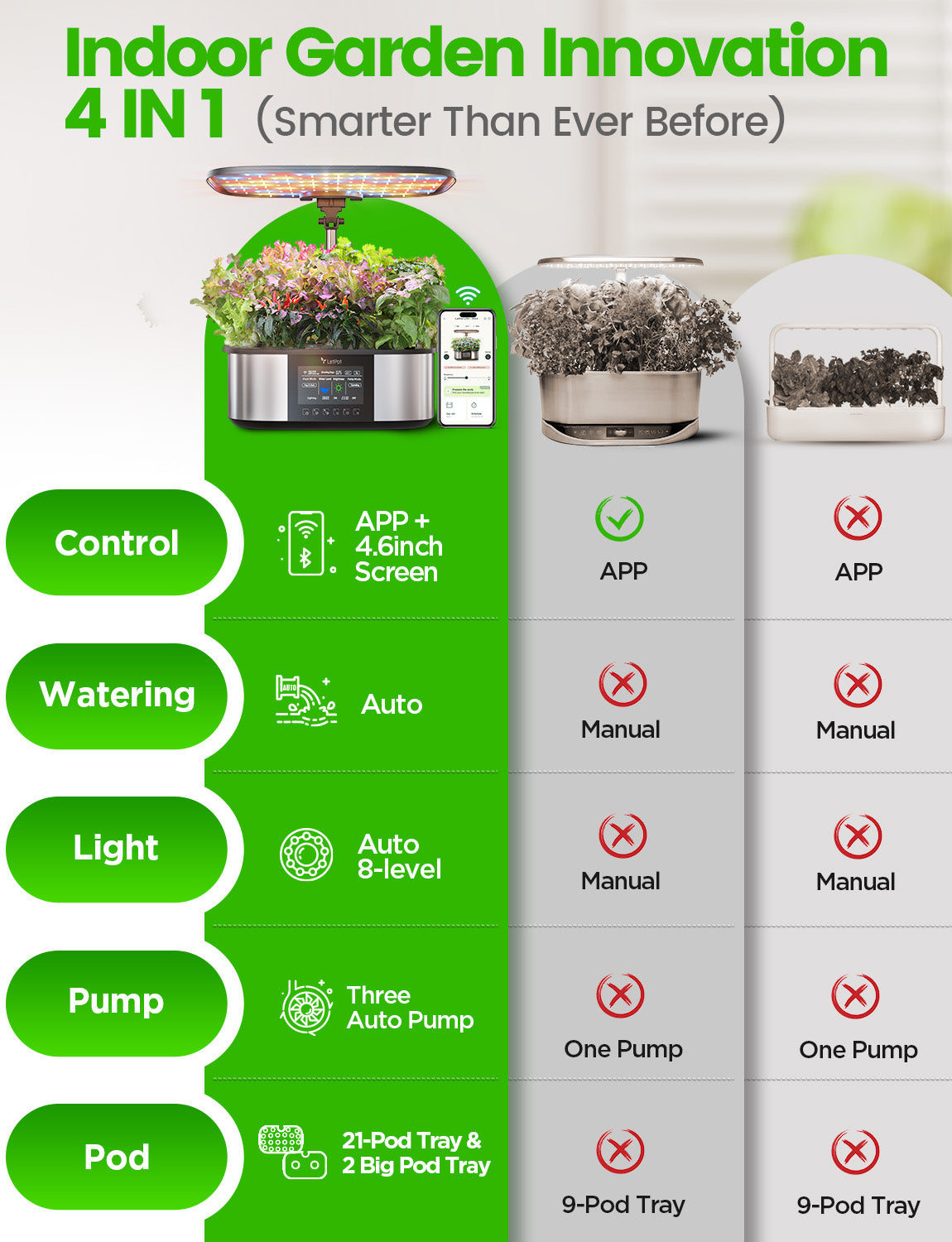
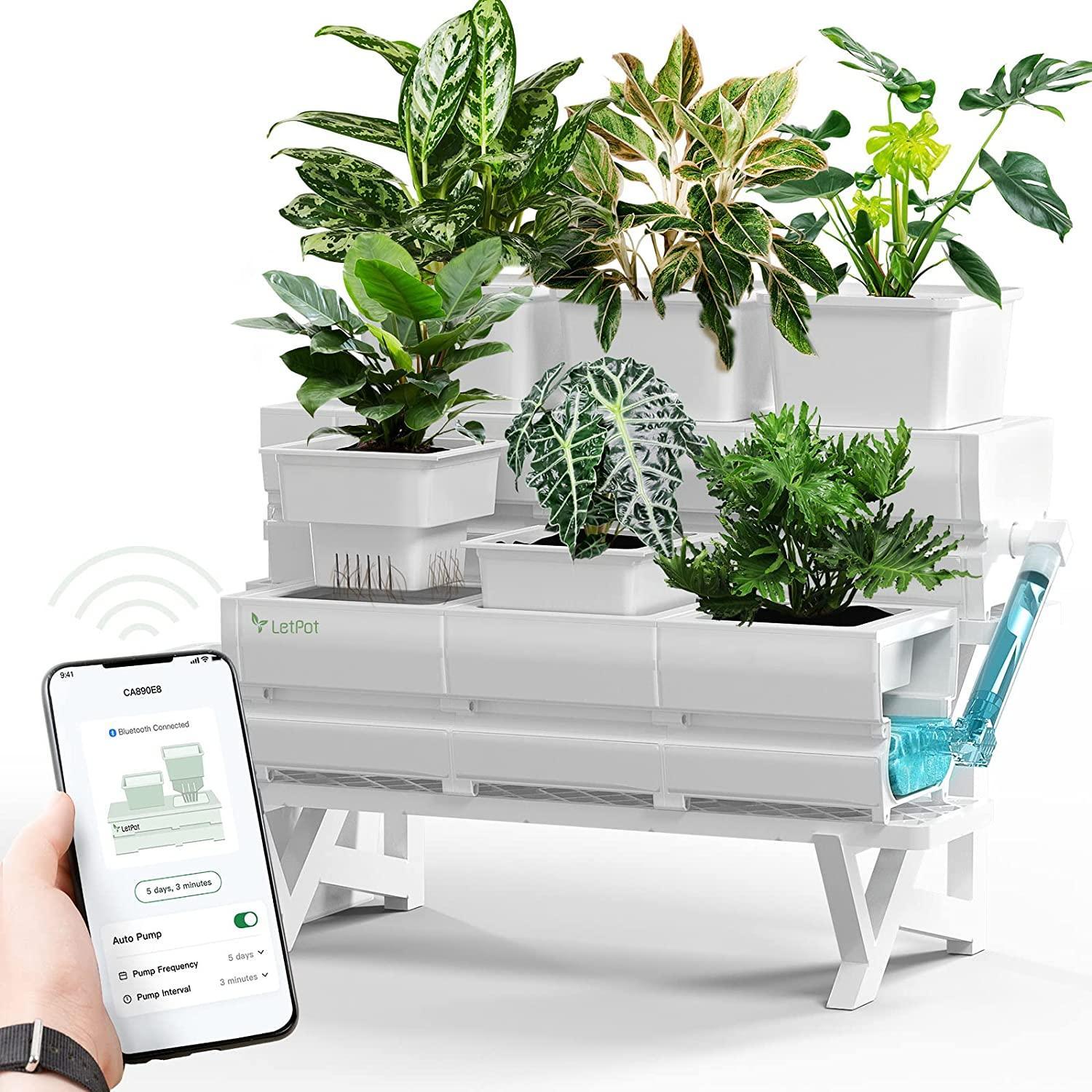
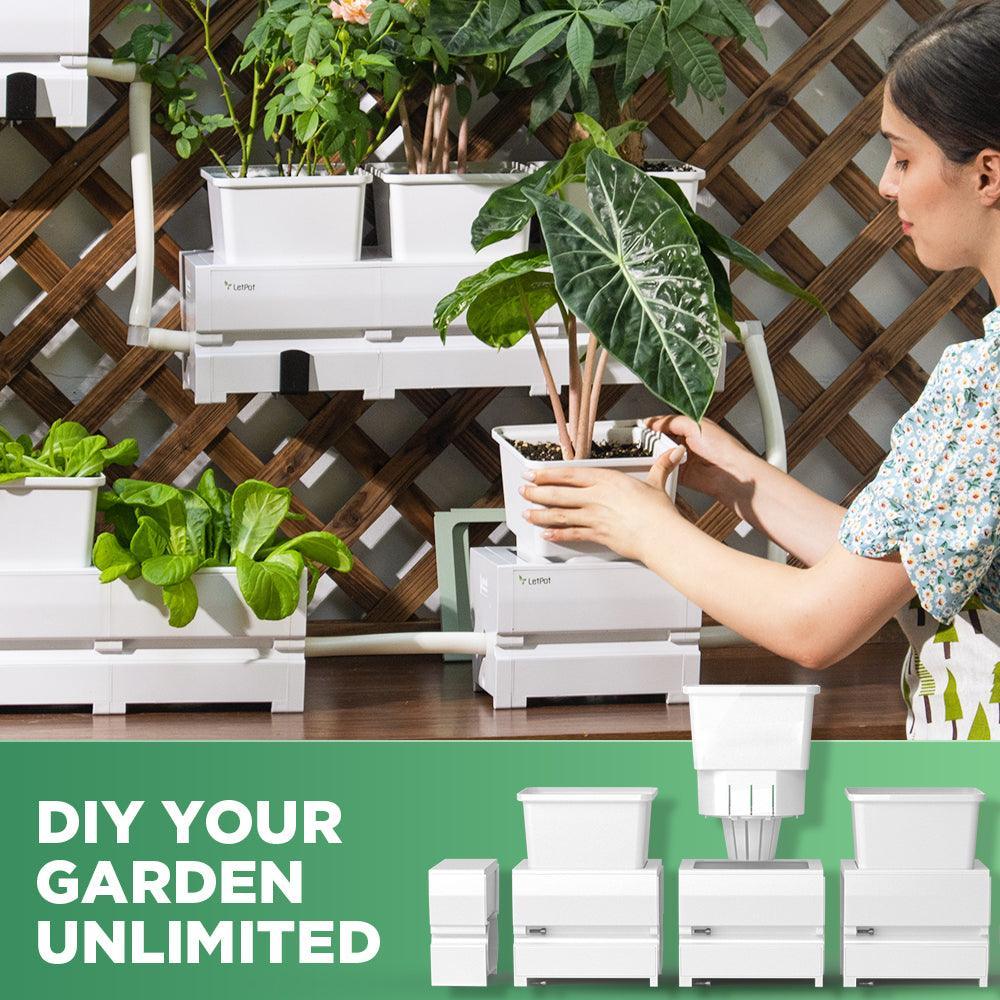
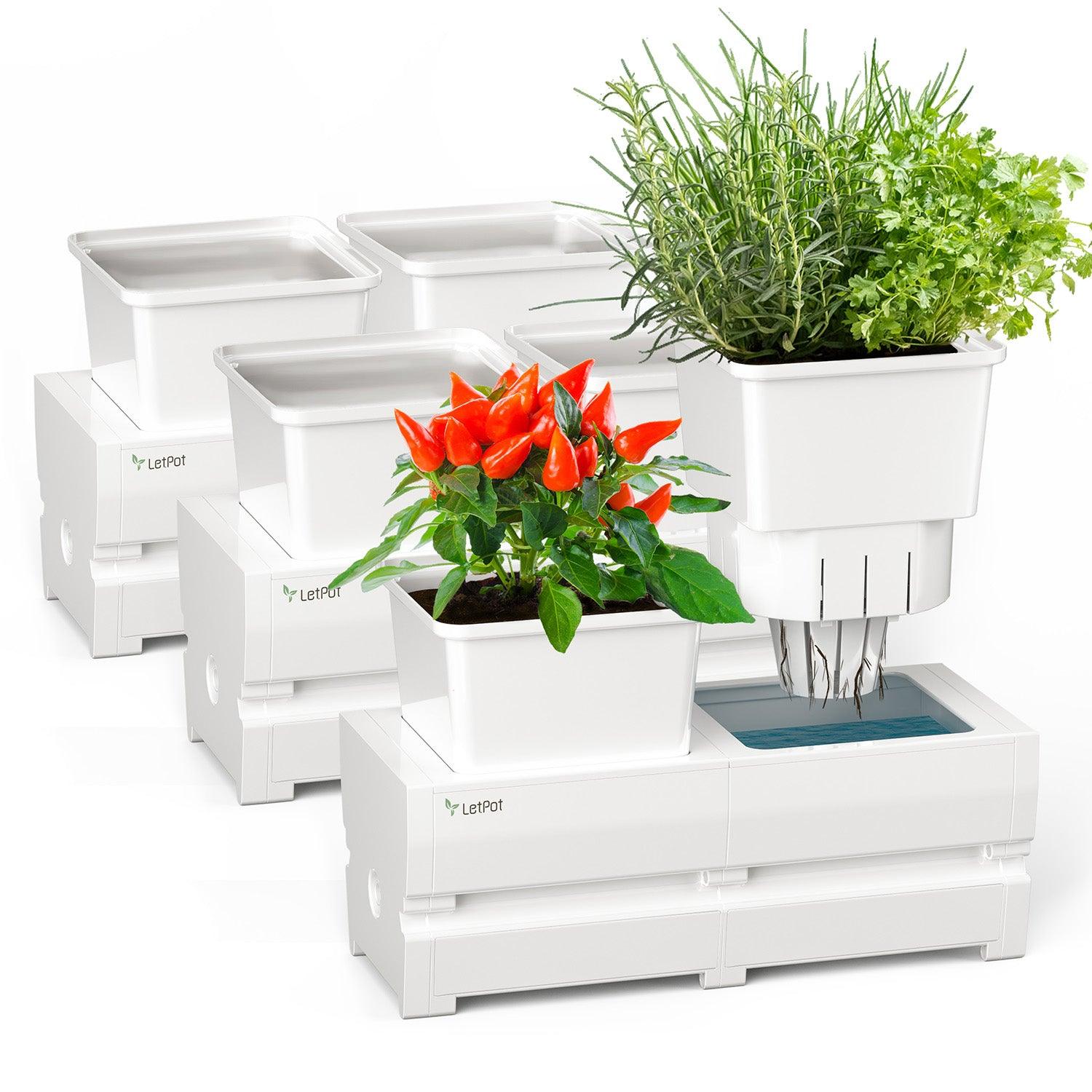


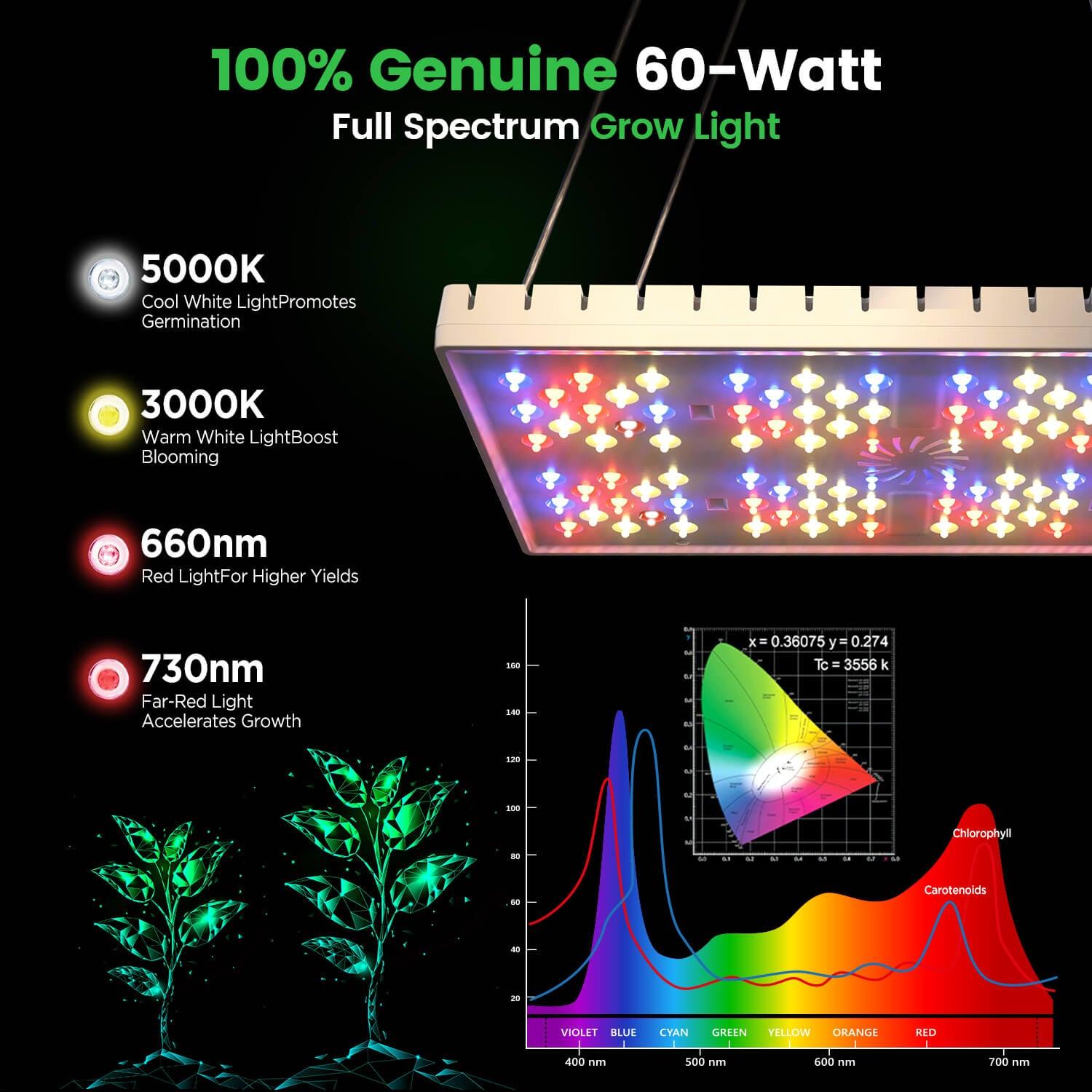
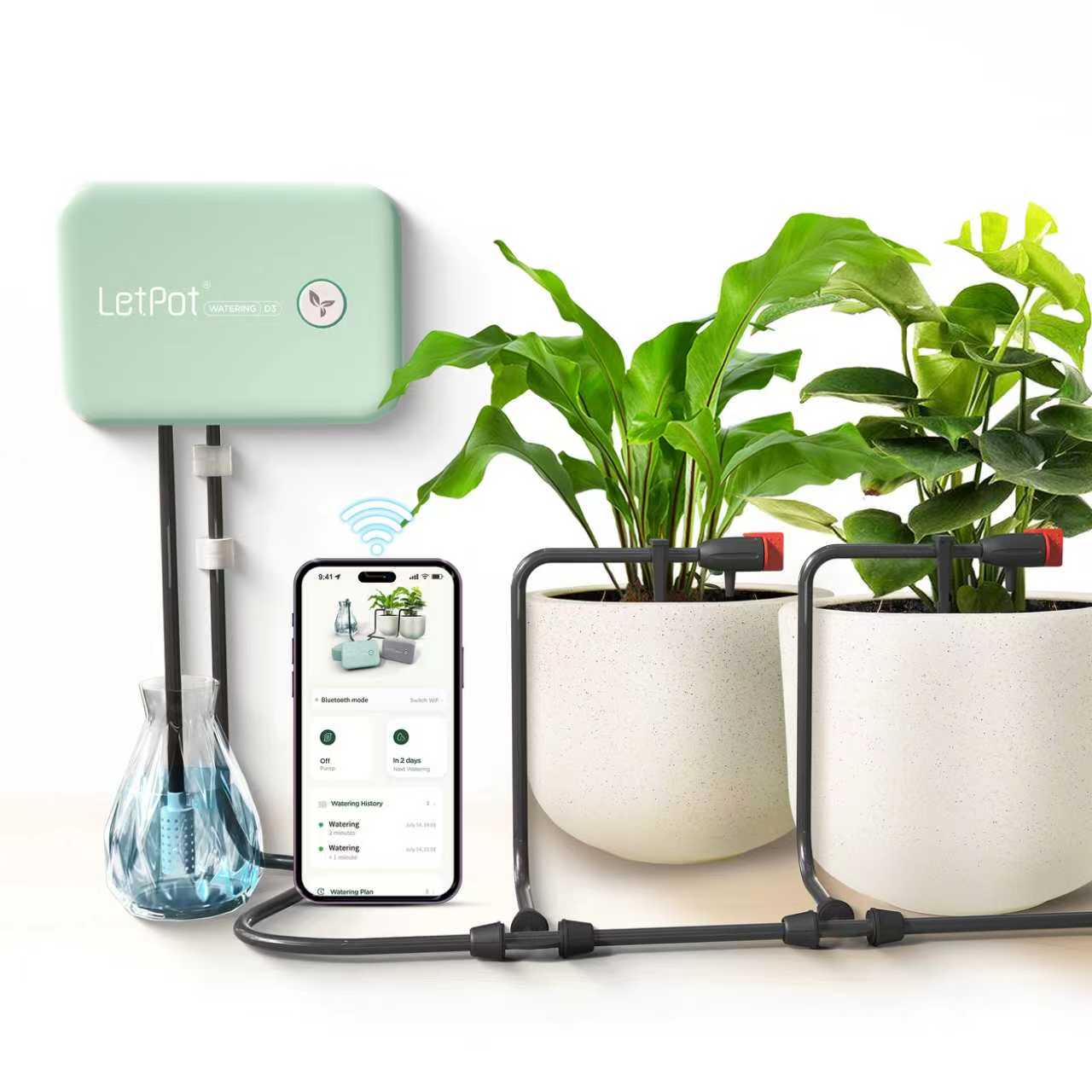

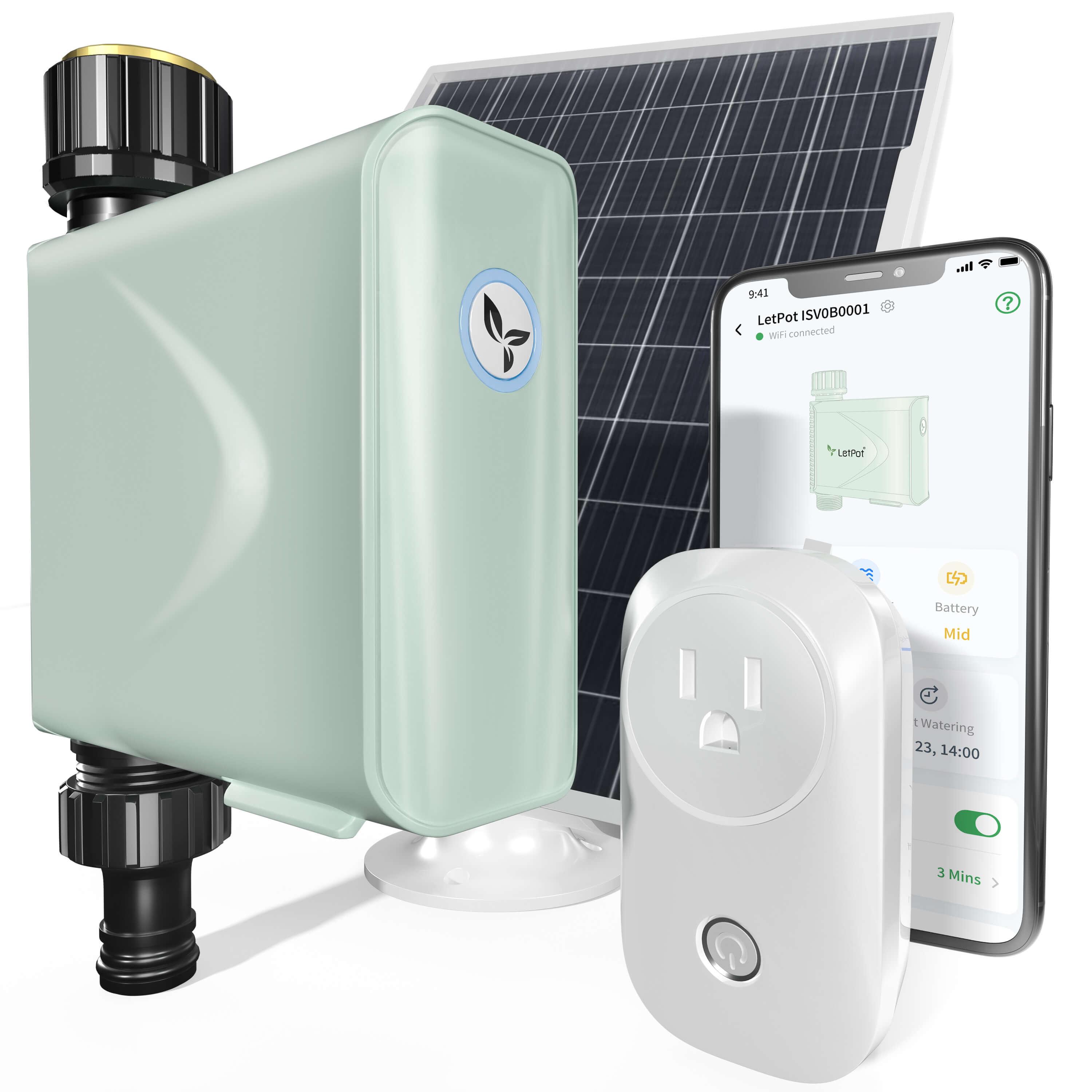
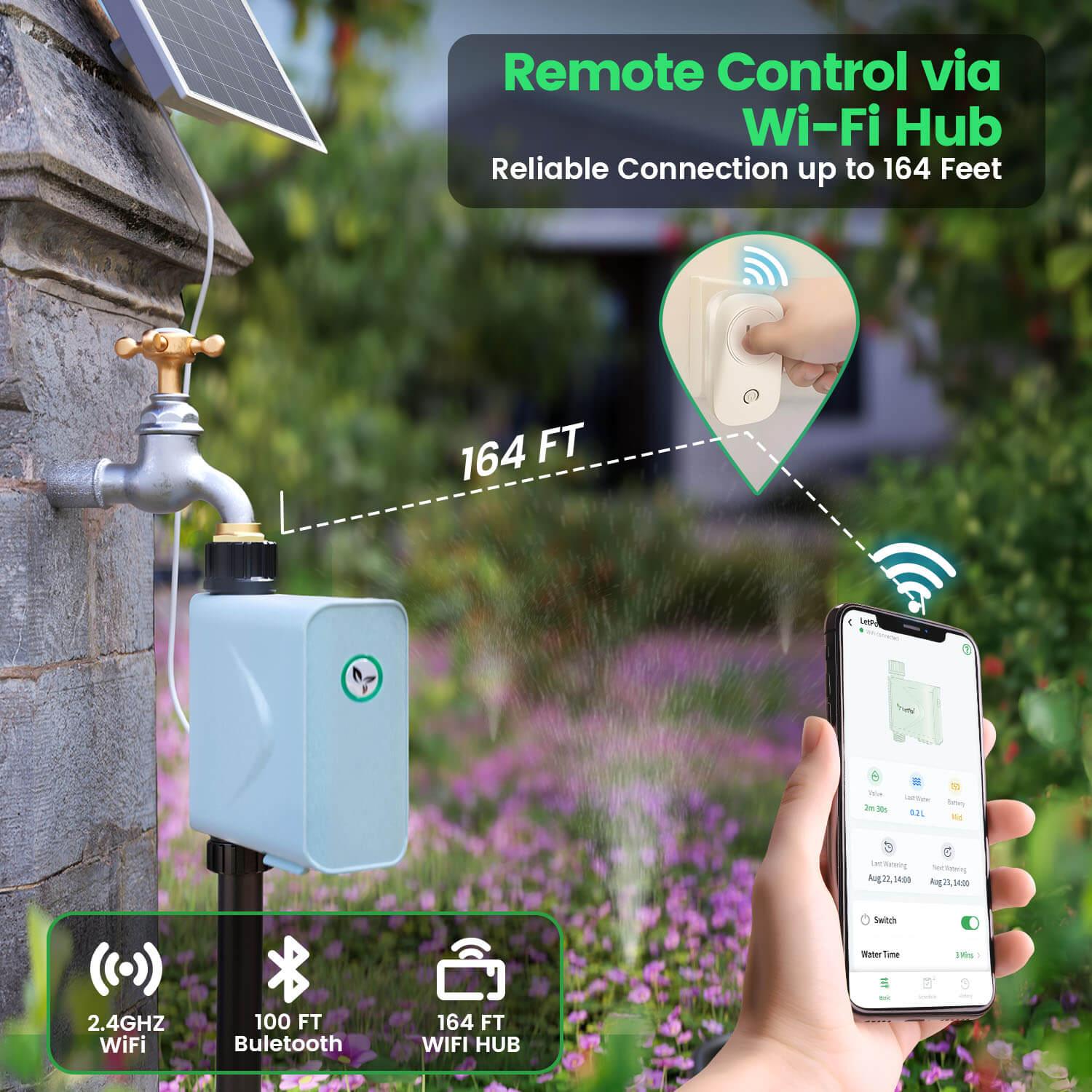

Leave a comment
All comments are moderated before being published.
This site is protected by hCaptcha and the hCaptcha Privacy Policy and Terms of Service apply.